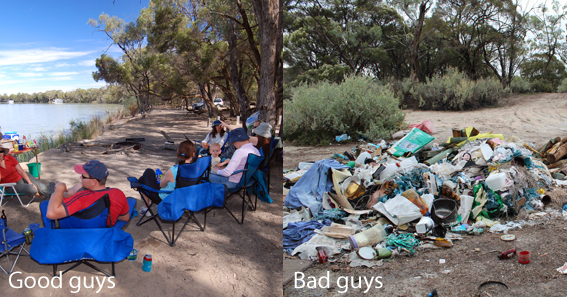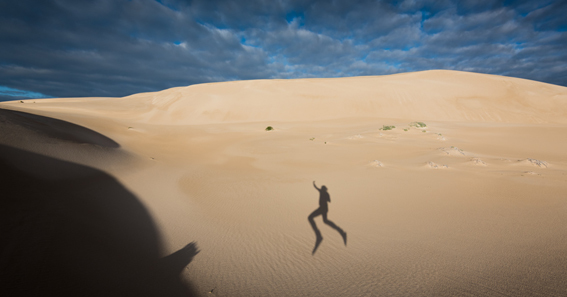
Camping dos and don’ts
Be a courteous camper with these helpful hints. Respect the park and other visitors – and have a great trip.
During busy camping times like Easter, national parks and campgrounds are often left worse for wear. Park rangers sometimes have to deal with the aftermath of campsites strewn with rubbish.
Don’t be ‘that guy’ who ruins it for everyone else.

Here’s how to be an upstanding park visitor:
DO | DON’T |
Check the National Parks South Australia website before you leave home. | Arrive at the park without doing your research. |
Book before you go. | Turn up without booking only to find that there aren’t any campsites available. |
Think about what you’ll need for your camping trip and how you can reduce the amount of rubbish you’ll create. | Dump your rubbish in the park. It is not acceptable to leave your rubbish in a bag next to a bin – it’s hazardous to scavenging wildlife. |
Get the free app, to get the park map. Hint: Before you go, download the free Avenza PDF Map app so that you can access an interactive park map while you’re away. The app will operate even if you have no network connection in the park, as it uses your device’s built-in GPS to plot your real-time location within the park onto a map. | Get lost in the park because you didn’t come prepared. |
Check if you can have a campfire. | Forage for, or cut down, wood in a national park. This is not allowed. |
Put out your campfire whenever you are not attending it. | Leave your fire smouldering overnight, unattended. |
Leave your pets at home. | Bring your fur baby along for a holiday. |
Secure your food in containers at night. | Leave food or scraps out to tempt the resident possum into your campsite for a midnight snack. |
Bring a shovel and dig deep. | …you know why |
Share your experience. | Keep it to yourself. |
If you notice someone dumping rubbish or cutting down firewood, do the right thing and report it to the ranger on duty. Contact details for each park can be found on the individual park pages of the National Parks SA website – you might like to screenshot the contacts page on your mobile phone before you head off, just in case.
Most importantly of all though, DO get out and enjoy a park!

This story was originally posted in April 2017.